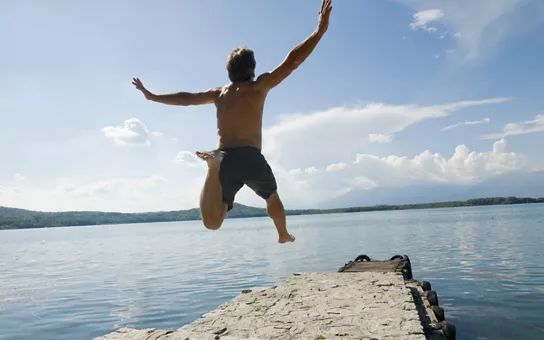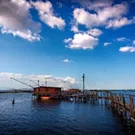Italian rivers represent an essential part of the country’s identity. In Italy there are over 60 rivers that wind their way through rolling hills, green valleys, and historic cities. Many of these are popular tourist destinations and offer visitors the opportunity to enjoy many activities including canoeing, rafting and fishing.
This content was automatically translated. View the original text.




